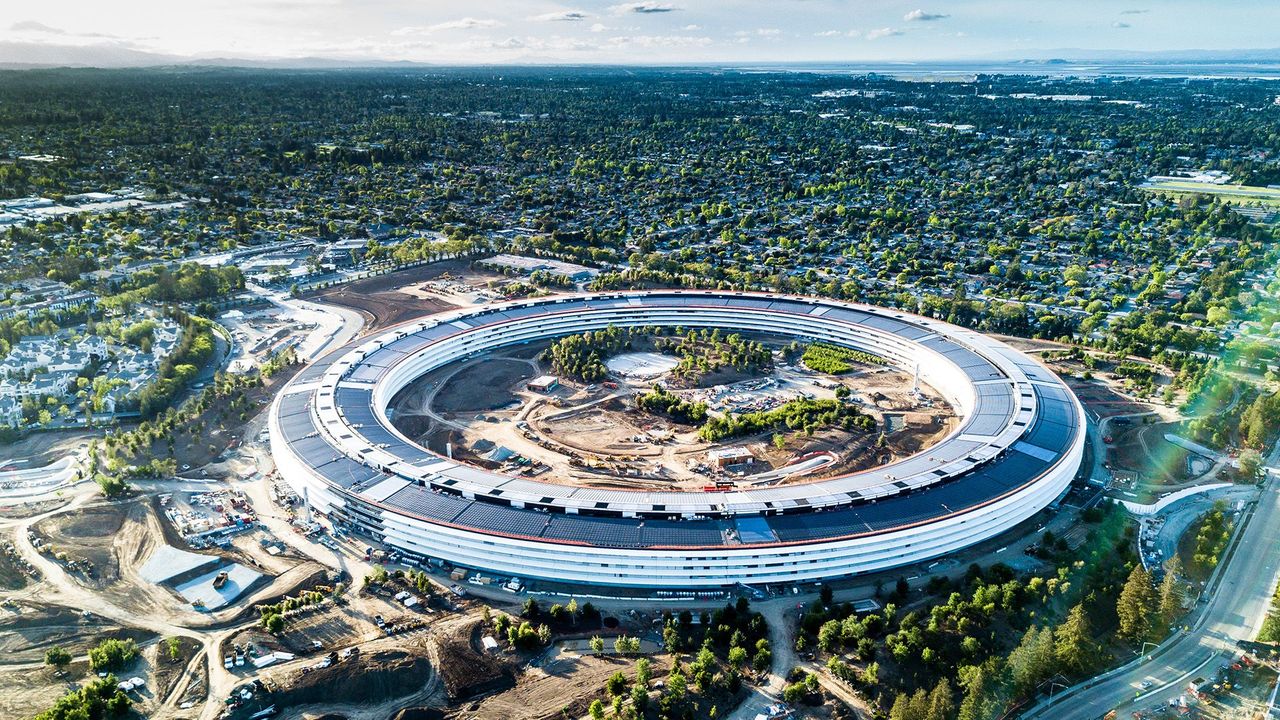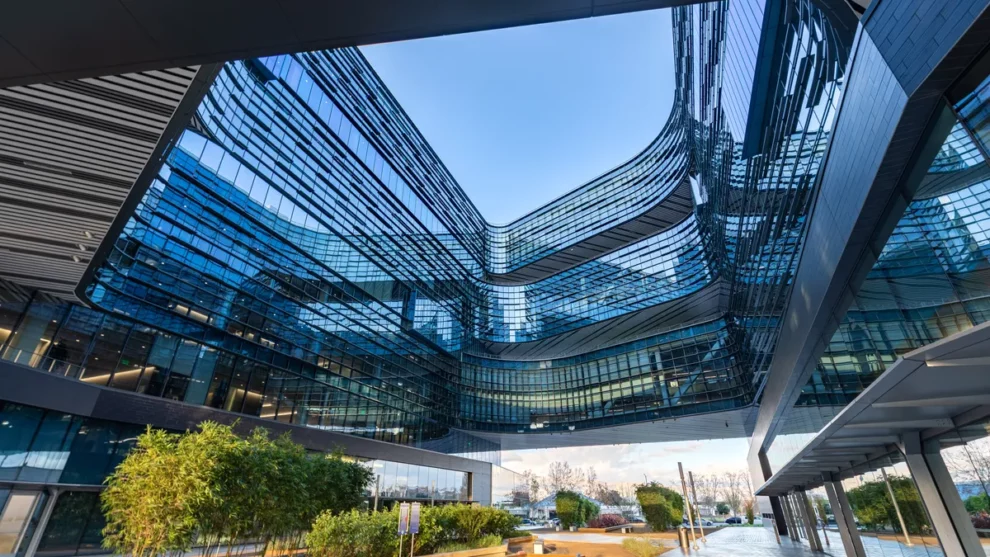For decades, Silicon Valley has reigned supreme as the undisputed epicenter of technological innovation. Garage startups birthed tech titans, venture capital flowed like California sunshine, and a vibrant ecosystem fostered groundbreaking ideas that reshaped the world.
But whispers of decline have begun to rustle through the palm trees, prompting a crucial question:
Will Silicon Valley retain its crown as tech’s capital, or is it succumbing to the weight of its own success?
Arguments for a Tarnished Crown
There are several key challenges facing Silicon Valley that suggest its crown may be losing some luster:
Soaring Cost of Living
The Valley’s astronomical housing prices, sky-high taxes, and exorbitant cost of living make it increasingly difficult for startups and talent to gain a foothold. The median home price in San Jose is over $1 million. This talent drain risks stifling the region’s innovative spirit.
Monopoly Culture
The dominance of established tech giants like Google, Apple, and Facebook has created a sense of stifling homogeneity and risk aversion. Younger entrepreneurs struggle to break into this closed ecosystem, leading to fewer disruptive breakthroughs.
Innovation Fatigue
Some argue that Silicon Valley has fallen into a cycle of repetitive “me-too” products, focusing on incremental improvements rather than revolutionary leaps. The emphasis on short-term profits over long-term vision could hinder significant technological advancements.
Global Rivalry Rising
Other tech hubs worldwide, like China’s Shenzhen and Israel’s Tel Aviv, are rapidly growing and attracting talent and investment. Silicon Valley can no longer rest on its laurels and needs to adapt to compete in this increasingly globalized landscape.

But before declaring Silicon Valley’s demise, let’s consider the other side of the coin
There are still strengths that could allow Silicon Valley to retain its innovative edge:
Unmatched Ecosystem
The Valley boasts a unique concentration of venture capitalists, angel investors, top universities like Stanford, and experienced tech professionals. This critical mass of resources and expertise remains unmatched, offering unparalleled support and opportunities for young ventures.
Culture of Innovation
The “fail fast, iterate quickly” spirit is still deeply ingrained in Silicon Valley’s DNA. Even with failures, valuable lessons are learned, and new ideas are constantly bubbling up, making it a fertile ground for continued innovation.
Resilience and Adaptation
Throughout history, Silicon Valley has faced challenges and reinvented itself. From the dot-com bust to the Great Recession, the region has shown remarkable resilience and adaptability. It’s likely to do the same in the face of current challenges.
Emerging Trends
New areas like blockchain, artificial intelligence, and green technology are already attracting significant investment and talent to the Valley. These burgeoning sectors could fuel a new wave of innovation and solidify its position as a leader in cutting-edge tech.
So, where does the crown lie?
It’s not a black-and-white picture. Silicon Valley undoubtedly faces challenges, but its adaptability, unparalleled ecosystem, and entrenched culture of innovation are powerful forces to reckon with.
It’s likely that the crown will not slip entirely, but it might need some polishing. The tech landscape is shifting globally, and only time will tell if Silicon Valley can adapt fast enough to maintain its royal status over the long term.
But in the short to medium term, Silicon Valley remains unmatched in resources, talent, and visionary thinking. The spirits of innovation, daring risk-taking, and desire to change the world still run strong. So while the crown may be getting buffeted, the king is far from dethroned.
















Add Comment